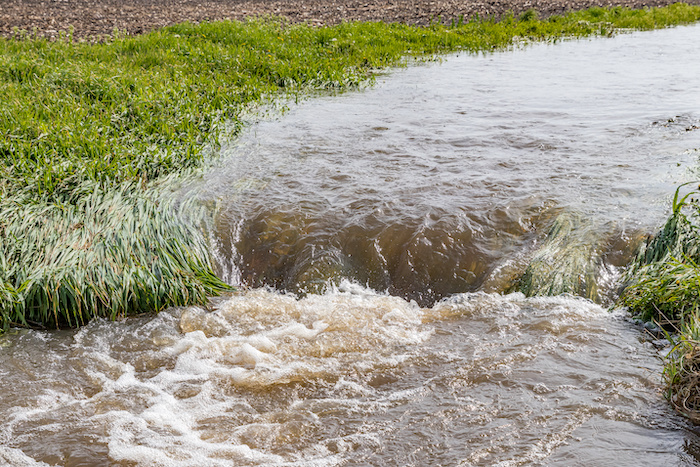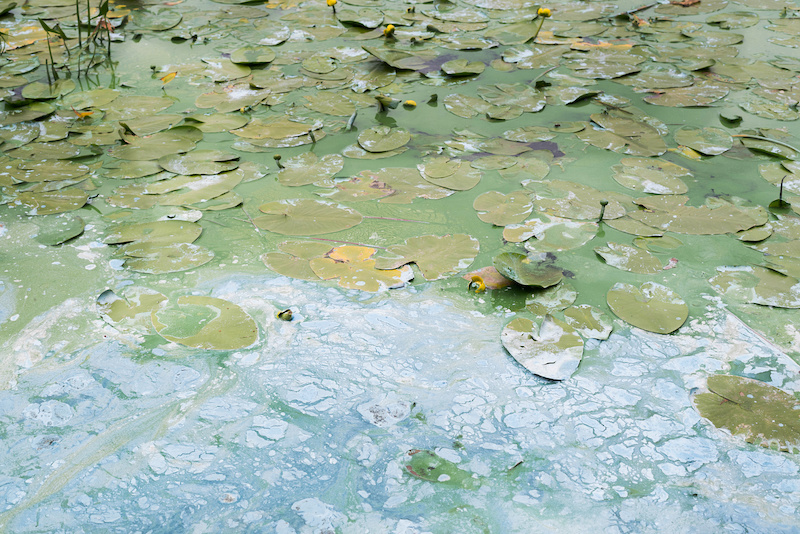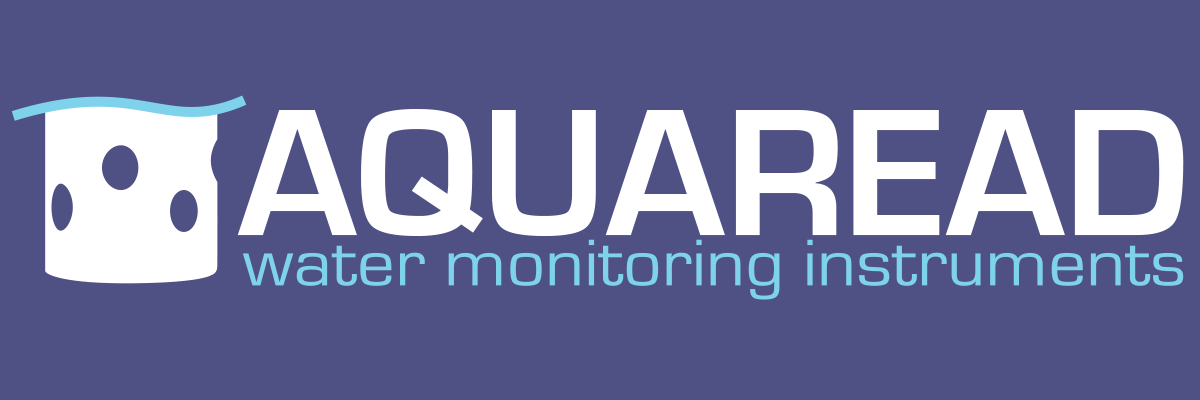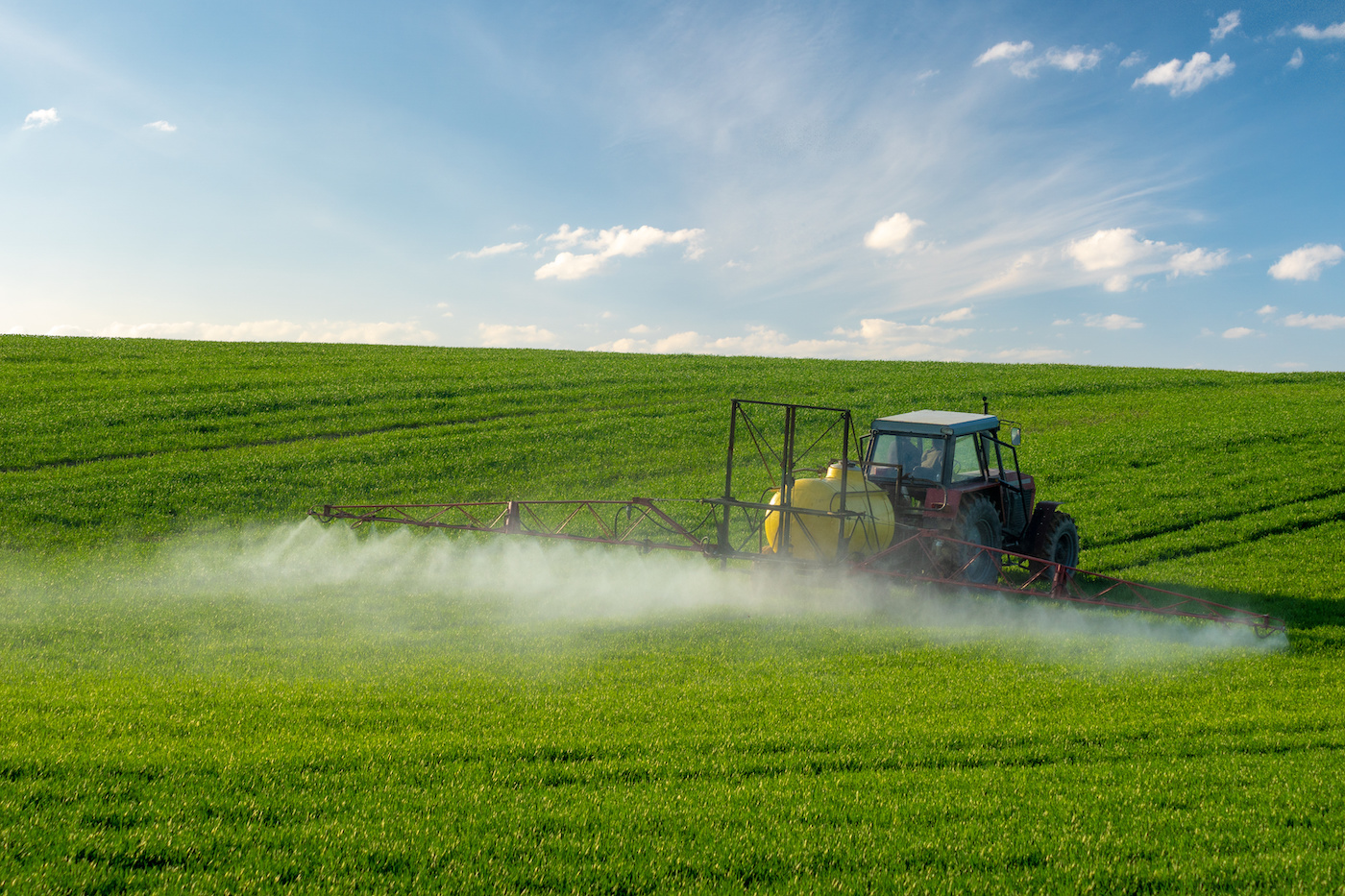You have likely heard more and more talk in the last few years about pesticides in relation to pollution. Pesticides, unfortunately, most usually contain a range of toxic and harmful chemicals that cause both air and water pollution.
What are pesticides?
The foundation of what you need to know about pesticides lies in its name. To break it down:
- Pest refers to any plant or creature that is deemed non-productive to the crop that a farm is ultimately trying to grow. These might include insects or rodents that would eat or harm the crop, or other plants that would compete with them.
- Cide derives from the French ‘cide’, which finds its origins in the Latin ‘cida’, meaning a killer or slayer.
So in short, pesticides are designed to kill any unwanted pests that could interrupt or damage the growth of a crop.
But what do they contain that makes them so harmful?
Most pesticides fall under these categories: organochlorines, organophosphates, and carbamates. As you might guess from these names, prominent pesticide ingredients include:
- Chlorine
- Phosphate
- Carbamic acid
- And many more polluting chemicals.
Unfortunately, pesticides don’t pick and choose what to kill or harm, and they’re at the mercy of nature once they’ve been sprayed. Wherever they end up, they cause further harm, irrespective of their original purpose.
This is why DDT (dichlorodiphenyltrichloroethane), one of the most harmful insecticides, was banned in the UK in 1986. It was found to have adverse effects on environments and potentially on human health.
How do pesticides & fertilisers cause water pollution?

There are multiple ways in which pesticides – and any other farming chemicals, for that matter (such as fertilisers) – can make their way into water sources.
For one, spraying pesticides near water is a surefire way to cause pollution. But there are many more indirect causes, too, such as:
- Agricultural runoff due to rain, irrigation, or melted snow/ice
- Overflow of irrigation return flows (where water from irrigation is returned to be used again)
- The manufacturing of pesticides themselves
- Spraying down crop collection boxes when empty
- Equipment malfunction or leaking storage boxes
The quality of soil makes a difference, too. If soil is compacted by heavy machinery, the risk of floods and pollutant-filled runoff increases – as water cannot be soaked into the soil easily.
So, pesticides get into water via a range of sources. They enter ponds, lakes, rivers, and ultimately, the ocean. Traces of pesticides can even make their way into drinking water sources if not properly managed.
The effects of pesticides in water
Depending on the chemicals in each pesticides, the effects on a given body of water will vary – but there are general impacts found among many pesticides, which we will highlight here.
Like many inorganic chemicals, they can and do have toxic effects on wildlife that live in and/or depend on the water body. As we mentioned earlier, pesticides can continue to cause harm to whatever creatures find themselves around it. If the concentration is strong enough, they can be fatal to fish, plants, and aquatic insects.
Because these fish, plants, and insects are dependent on each other, harm to the one is essentially harm to the other. In turn, mammals and birds that consume the fish suffer. To put it simply (and morbidly), pesticide pollution can be an environment-killer.

Aside from aquatic life fatalities, pesticide chemicals can also cause developmental issues in these creatures – such as spasms, respiratory difficulties, and unpredictable behaviour.
In essence, the contamination of lakes, rivers, and ponds with pesticide chemicals can harm or be fatal to the local ecosystem.
And, as part of that same local ecosystem, humans can find that their drinking water sources become contaminated, too. Fortunately, though, the UK’s water supply is under strict regulation by water quality directives that set maximum permitted levels of these chemicals in water.
Can you prevent pesticide pollution?
Onto the positives – there are, luckily, countless ways to reduce the use and harm of pollution-causing pesticides.
At home, avoiding pesticide use altogether is a good idea. For the purposes of a home garden, the dangers of pesticides far outweigh the benefits. Introducing beneficial insects and complimentary plants is an excellent alternative (with a bit of good research in advance)!
On an agricultural level, many farms are introducing practices like crop rotation and sowing resistant crop varieties to reduce pesticide reliance. Some other best practices when using pesticides include:
- Establishing ‘buffer strips’ by not spraying within 6 metres of water
- Avoiding spraying in conditions that cause drift
- Avoiding spraying if the ground is frozen or rain is expected soon after
- Spraying in such a way that means you avoid driving back over sprayed areas and picking up chemicals on tyres
- Cleaning equipment down before leaving the field
Ploughing, crop rotation, cleaning tillage equipment, effective management of manure and infected plants — these can all help disrupt the environments that pests can thrive in, reducing the need for chemicals in the first place.
Sustainable agriculture practices

It’s also important to mention that many more sustainable farming alternatives are being proposed and used around the world that can eliminate the need for pesticides.
The practice of mono-cropping refers to growing just one crop on the same land for a sustained period of time. While this is more profitable in the short term because you only need to use one process and set of chemicals on everything, it can be detrimental to the landscape in the longer term and cause growth issues down the line. As a result, farmers need to resort to more fertilisers and more pesticides — a vicious cycle forms.
Crop rotation, therefore, can help retain healthy levels of nutrients in the soil and reduce the use of these chemicals. Further still, multi-crop systems have been found to be hugely effective. This practice is one that’s been used for generations by indigenous Native Americans, who grow corn, beans, and squash together because it boosts the yield of each.
We’re sure there’s an exciting future ahead for sustainable agriculture!
How to test for pesticides in water
As the chemicals used in pesticides vary so much, the tests needed to check for them in water differ.
The different parameters that offer clues that water may be contaminated include:
- pH levels (may be lowered)
- CO² (may be increased)
- Chloride (may be increased)
Typically, though, enzymatic test kits are used to test for the presence of organochlorines, organophosphates, and carbamates.
With efforts to reduce pesticide usage and effective continuous testing, our waters can stay clean and healthy!
At Aquaread, we’re water quality monitoring specialists – discover our range of sensors so that you can keep an eye on the quality of a watercourse.

